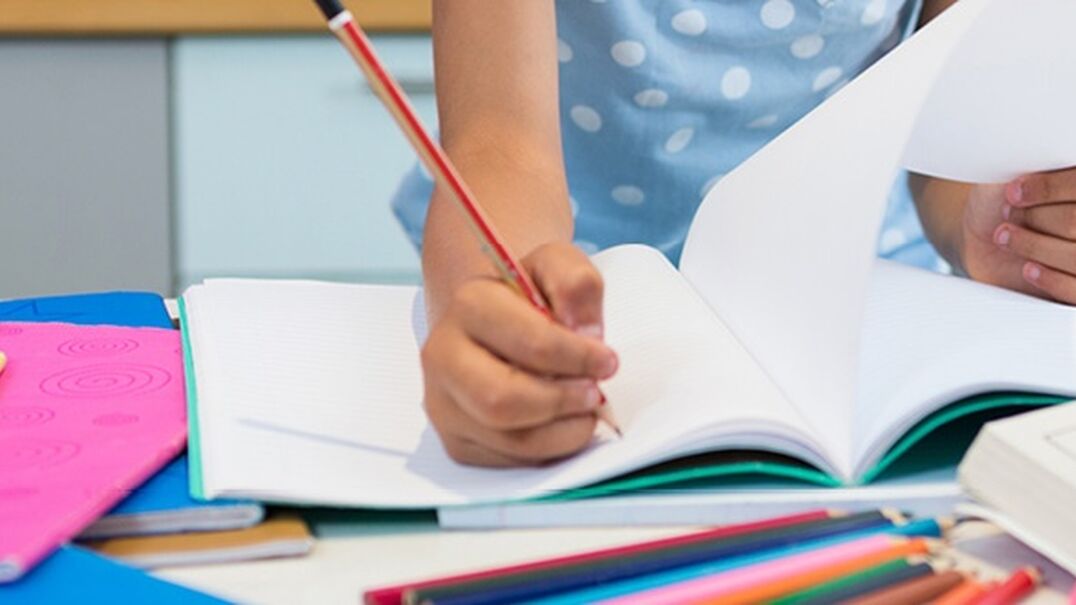Lamine Sonko is known as Australia’s African cultural journeyman. He has toured Australia and internationally as a performer and educator, engaging and energising audiences across the country, and bringing people together to celebrate diversity and enable creative collective action.
BSEM draws on evidence to advocate for the use of patterned, rhythmic physical movement activities to support students’ healing, growth and learning at school. In this interview, Lamine reflects on using rhythm and culture to engage young people, facilitate community and improve wellbeing.
Jack Greig: Could you tell us about your background and your journey to creating The Knowing Project?
Lamine Sonko: I come from Senegal in West Africa. I am an arts and cultural educator and my work is informed by the Griot culture who are known as the keepers of West African oral history. I have over 15 years of experience working as a music educator, composer, and a performer. After moving to Australia in 2004 to finish my studies at the Victorian College of the Arts in community cultural development, I created school programs to share my expertise and our traditional approach to learning. This is how The Knowing Project started.
JG: What is the connection in your work between rhythm, culture, and community wellbeing?
LS: Coming from a traditional perspective, I see all these things as interconnected. From a very young age, I saw the importance of learning rhythms and the stories behind all those rhythms for a wide range of people.
I’ll give you an example… One of our school programs is called Boolo, which is a word meaning ‘to bring people together’. In Boolo we create a connection using cultural rhythms, starting with simple patterns. Once students get the simple patterns, I introduce them to what we call ‘polyrhythms’. This is when you have cross beats, all sharing one pulse or a fundamental connection.
To add to this, we use stories and symbols to talk to students about the importance of focusing on their own role while also understanding where everyone else is coming from. For example, we use cultural symbols like the Baobab Tree, which is important because it symbolises a place under which people gather, learn, communicate and seek understanding.
When we are in a group there is a feeling of being part of something
JG: Many teachers are seeking to learn how to be culturally responsive in their practice. I would love to hear how you engage students of all backgrounds to ensure they feel like they belong at school.
LS: Sometimes the students share verbally how they feel in the group, but often I observe how it happens. We all have rhythm in us, we just need help to activate it. I create the circle and give them the tools, which are the Djembe drums. Then they use their own body rhythm to respond to what I’m introducing them to.
When we are in a group there is a feeling of being part of something. The students feel like they can digest the rhythms at their own pace of learning and the drums are there to guide them as they mirror their friends or me as a teacher.
JG: What connections stand out for you about your work and ours at BSEM?
LS: We share a connection in the understanding of, and commitment to, finding tools to heal trauma and to help people emerge into the wellbeing of life. In our culture you cannot emerge into rhythm learning or wellbeing without understanding what we call Degg Degg, which means ‘deep listening’. Deep listening is something you learn first from cultural elders before being given an instrument. Activating deep listening helps you to understand other people’s trauma and how wellbeing is needed in our body systems. It means listening to each other to hear that which isn’t always spoken. I find that if teachers can introduce those cultural elements to students as well, it benefits them both in school and beyond, as they grow in wider society.
Rhythm is something that can be developed to help you feel safe
JG: Do you think teachers who are just learning about rhythm can use it at school? And what are some of the challenges they may need to overcome on that journey?
LS: I think the challenge is to be open and to understand that everybody has their own rhythm and their own way of activating it. Rhythm is something that can be developed to help you feel safe. Building that sense of safety in the classroom is about having a relationship where the student can see that the teacher is coming from an open-minded place and willing to understand how the student digests information.
In my sessions, when students all sit together, I ask them all to clap their hands three times. So, we go “One, two, three…” Then I’ll ask them, “Did you hear the sound?” They say, “Yeah, we did.” Then I say, “Now put one hand down. Try and get a sound with one hand.” They say, “Ah, it’s not possible.” I say, “Actually, it is possible if you use the person next to you.” Again, to show that even when you think something isn’t possible, it is. You just need to find another way.
That’s how I approach the philosophy of rhythm learning. There are many ways of doing it and the teacher can learn to read students’ energy to see where they are at. It is an effective and important tool to create a safe, open and engaging environment for students.

Jack Greig
Master of Public Policy | Master of Teaching | Bachelor of Arts





